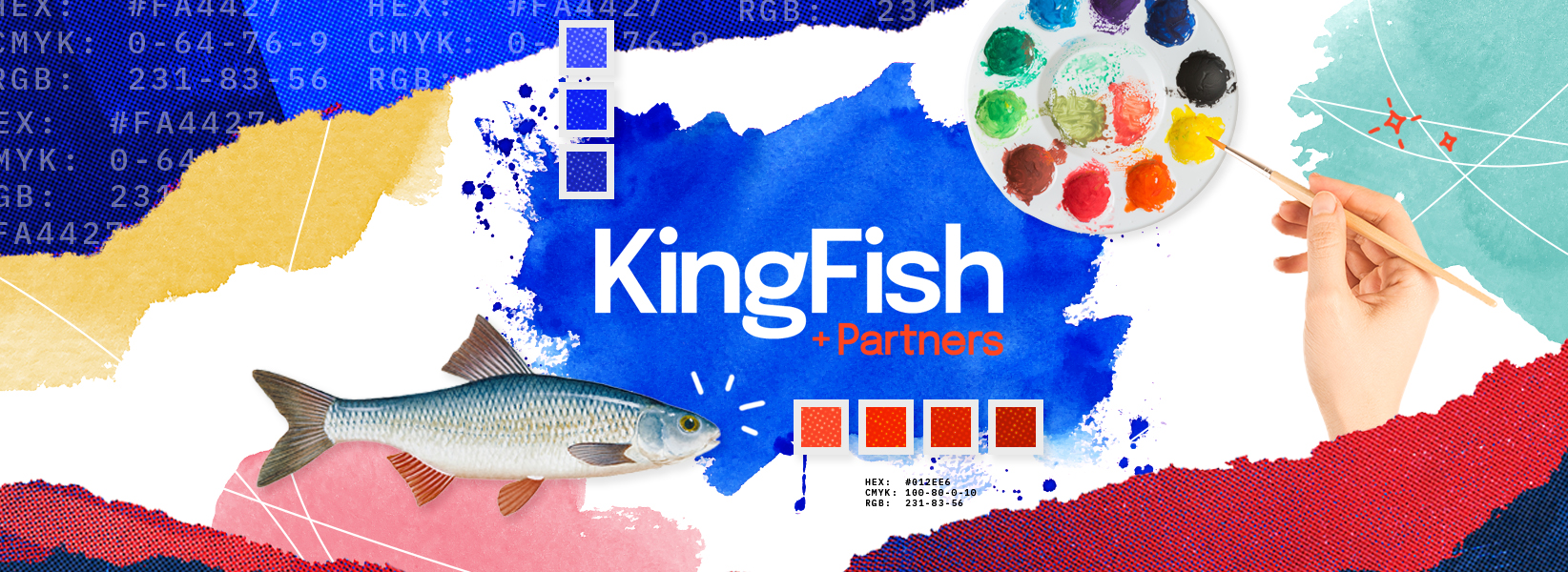Maybe we’re tooting our own horn, maybe we all like each other a little too much, but in honor of Valentines Day the team has collected our sentiments on what we love about working at KingFish. Thank you to all who have come along for the journey. What a fun ride it continues to be. Love ya!
My passion is surrounding myself with incredibly clever people who think differently and solve problems. I experience this from every one of my teammates, and I am extraordinarily grateful for that reality.
- Cam, President & CEO
I love when our KF team gets together for a brainstorm session. I work with such a strong, creative group of individuals and I am always inspired by the ideas (and laughs) that come out when we are solving marketing challenges.
- Lisa, Account Director
As a Creative Director, I get to play Cupid between brands and their audiences — crafting the perfect match of message and emotion. The best creative ideas, like the best relationships, take time, passion, and a spark of excitement. Happy Valentine's Day!
- Scot, Creative Director
KingFish embodies collaboration. I love that we are motivated by the meaningful connections we make with each other and our clients. All of this consistently inspires us to push past the status quo.
- Rosemary, Account Manager
What I love most about working at KingFish is the energy and commitment of the team — everyone is focused on improving, challenging each other, and bringing their unique backgrounds to the table. There’s a shared passion for storytelling and delivering work that is both authentic and impactful.
- Seth, Account Manager
The best part about working at an agency like this is always, always, always, the people. Brilliant, clever, hardworking, fun, incredible people. The clients, the team, the whole process constantly brings me joy.
- Ariele, Associate Art Director
I love that KingFish is a company that is always challenging and encouraging its people to grow both personally and professionally. I've spent the bulk of my career here because of it.
- Sandi, Account Director
I love KingFish because our team is dedicated. It’s so much fun to deliver high-quality work with high-quality people.
- Maria, Project Manager



